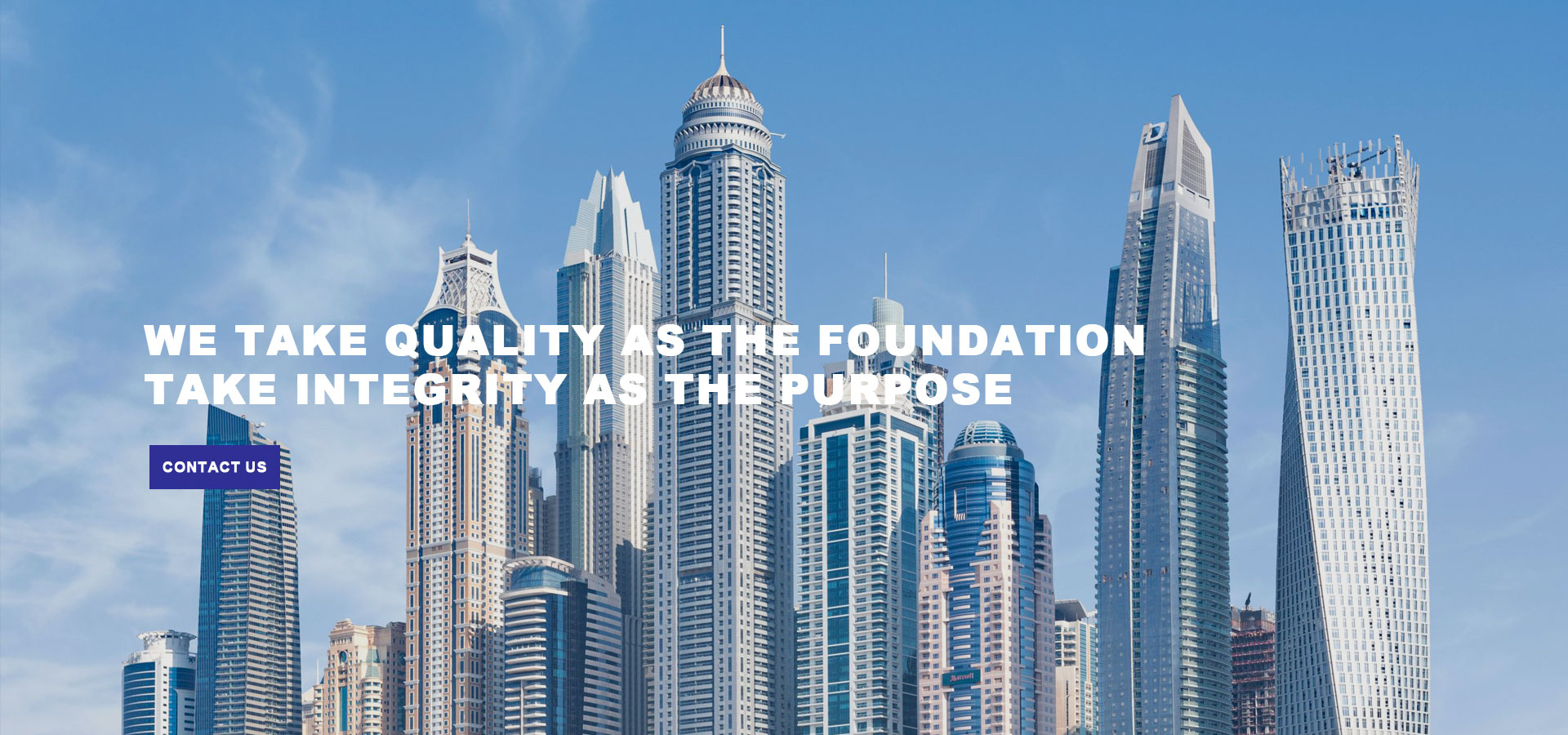

The Allure of Dark Grey Reflective Glass
In the realm of modern architecture and interior design, materials play a crucial role in shaping aesthetics and functionality. Among these, dark grey reflective glass stands out as a sophisticated choice that combines elegance with utility. This versatile material not only enhances the visual appeal of structures but also serves practical purposes that resonate with the contemporary sensibilities of sustainability and energy efficiency.
Aesthetic Appeal
Dark grey reflective glass exudes a sense of modernity and refinement. Its sleek surface reflects light in a way that creates a dynamic interplay of shadows and reflections, giving buildings a captivating appearance throughout different times of the day. When the sun sets, this type of glass can transform a building into a shimmering silhouette, merging seamlessly with its urban environment. This effect is particularly pronounced in high-rise structures where the play of natural light can dramatically alter the perception of the building’s facade.
Moreover, dark grey reflective glass offers a contemporary twist on classic design elements. It can complement various architectural styles—from minimalist to industrial—while helping to emphasize the unique characteristics of a structure. The deep tones of the glass can provide a striking contrast against lighter materials, enhancing the overall design and making it a focal point in urban landscapes.
Energy Efficiency and Sustainability

In addition to its aesthetic benefits, dark grey reflective glass is increasingly valued for its energy efficiency. One of the critical features of glass products is their ability to mitigate heat gain. Reflective glass has been engineered to bounce back a significant portion of solar radiation, keeping the interior spaces cooler and reducing the dependency on air conditioning systems. This attribute not only contributes to lower energy costs for building owners but also aligns with the global push for sustainable building practices.
Buildings constructed with dark grey reflective glass contribute positively to the environment by minimizing energy consumption. As the construction industry shifts towards more eco-friendly solutions, integrating such materials is becoming a top priority. Additionally, many modern advancements have led to the development of low-emissivity coatings, which further enhance the energy-saving capabilities of reflective glass. This means that buildings can achieve greater thermal efficiency without compromising on the stylish appeal that dark grey glass offers.
Privacy and Comfort
Another notable advantage of dark grey reflective glass is its ability to provide privacy without sacrificing natural light. The reflective surface serves as a barrier, deterring onlookers from peering inside while still allowing ample daylight to permeate the space. This advantage is particularly beneficial for office buildings, residential units, and public spaces where maintaining a sense of privacy is essential. As urban environments become increasingly crowded, this combination of openness and seclusion is invaluable.
Conclusion
Dark grey reflective glass is more than just a design choice; it is a statement of modern values in aesthetics, energy efficiency, and sustainability. Its ability to reflect light and enhance the architectural form while providing comfort and privacy makes it an ideal material for today's innovative buildings. As architects and designers continue to explore new frontiers in construction, dark grey reflective glass is set to remain a prominent feature—shaping the skylines of cities around the world for years to come. As we embrace a future focused on sustainability and design innovation, this material will undoubtedly play a pivotal role in creating spaces that are both beautiful and functional.